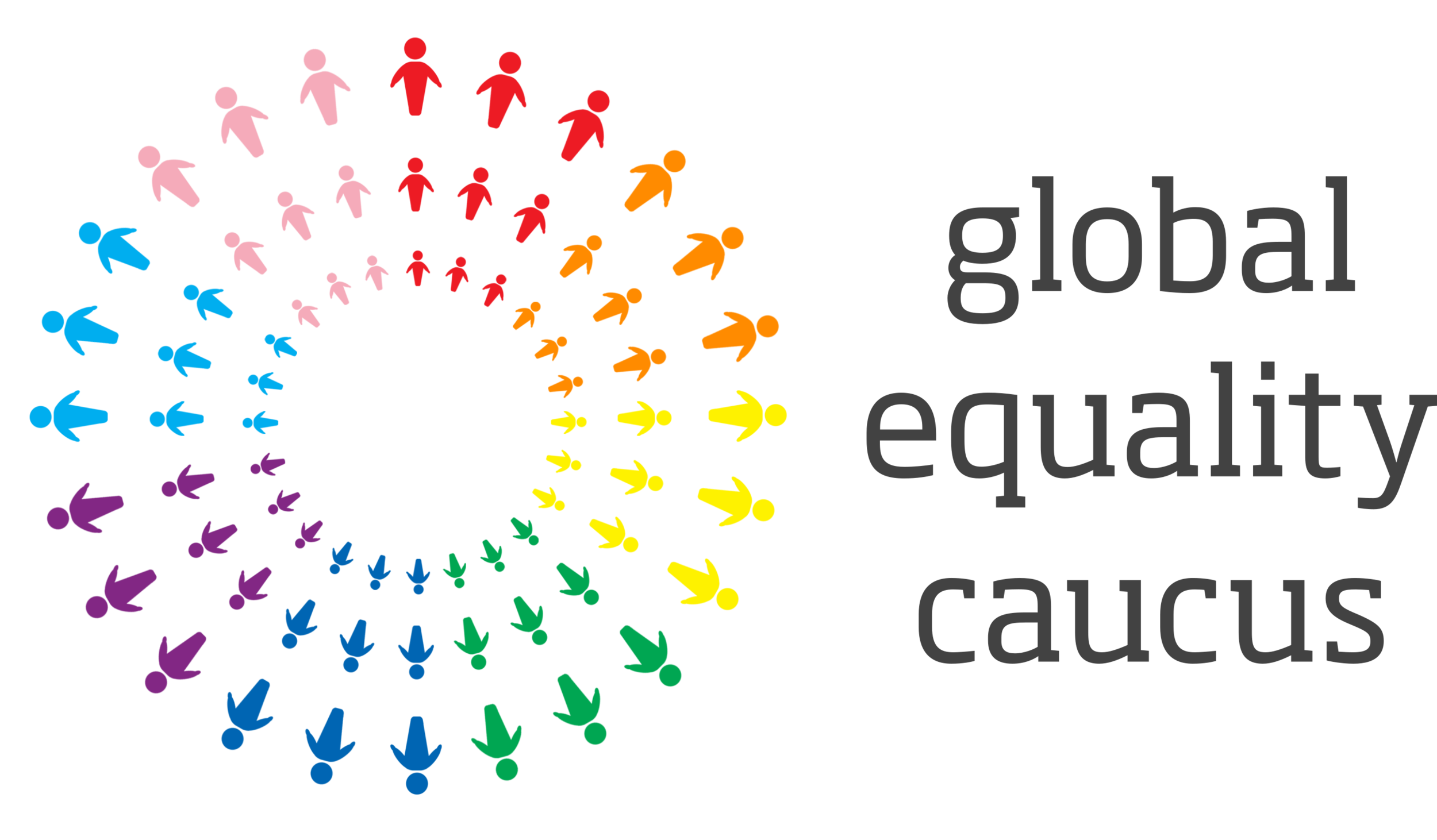STIGMA AND DISCRIMINATION
Stigma significantly impacts the health and well-being of people affected by the HIV epidemic, with key populations facing additional prejudice through laws and attitudes that discriminate against sexual orientation, gender identity, drug use and sex work.
HIV-related stigma and discrimination persists due to misinformed perceptions about HIV and the populations who are disproportionately impacted by the virus.
What CAN STIGMA LOOK LIKE?
Social stigma: Negative public attitudes about HIV, including misguided fears about people living with HIV
Self-stigma: The internalisation of negative beliefs due to HIV diagnosis, resulting in feelings of shame and guilt
Structural stigma: Laws and national policies that discriminate against key populations, such as criminalisation
Structural determinants of discrimination
Criminalisation of HIV transmission and exposure, which can scare people into not testing for HIV or disclosing their status
Gaps in healthcare provision, with sexual health services often inadequate
Lack of information about HIV, both in educational settings and for health practitioners
Inadequate rights for people living with HIV, such as lack of legal protections and limited access to justice
Intersectional prejudices, for example discriminatory laws against LGBT+ people and racial prejudice
Socioeconomic factors, such as poverty, unemployment and homelessness
WHAT CAN LEGISLATORS DO?
Repeal laws that criminalise key populations, such as laws that restrict same-sex intimacy and discriminate against trans people
Repeal laws that criminalise HIV transmission & exposure, moving towards a public health approach
Pass anti-discrimination protections for marginalised people in health services, housing and employment
Meet with community leaders and people living with HIV to identify their priorities, then advocate for them in your assemblies
Fund campaigns that normalise HIV, such as those that promote testing, treatment and condom use
Use the media to talk openly about HIV to dispel myths
USEFUL LINKS AND RESOURCES
https://www.unaids.org/sites/default/files/media_asset/confronting-discrimination_en.pdf
https://www.ncbi.nlm.nih.gov/pmc/articles/PMC8731251/
https://www.hrw.org/news/2017/05/05/south-korea-should-get-real-hiv


